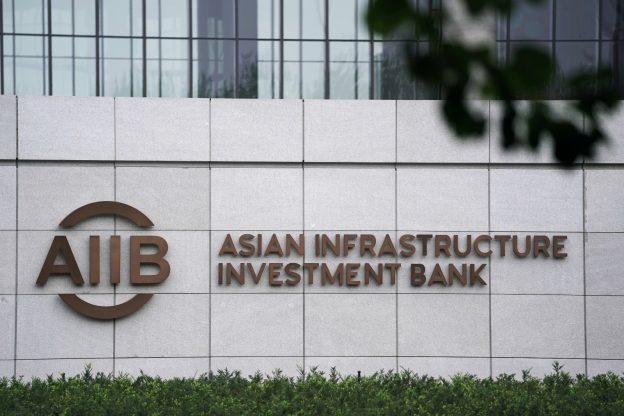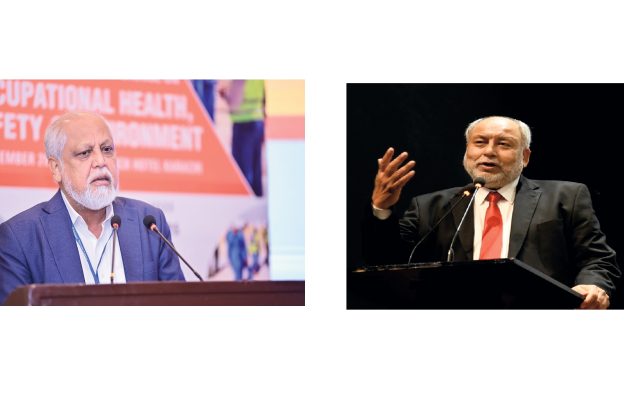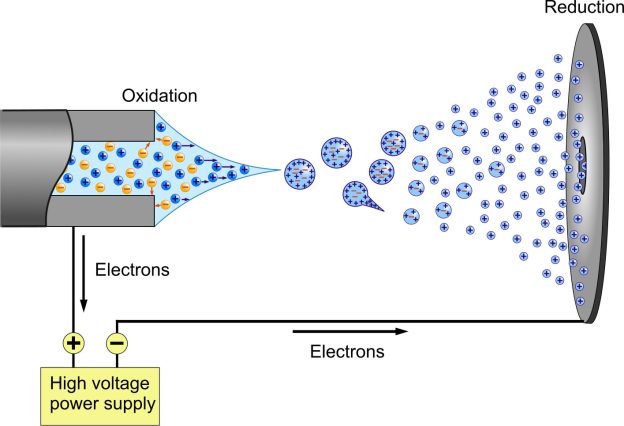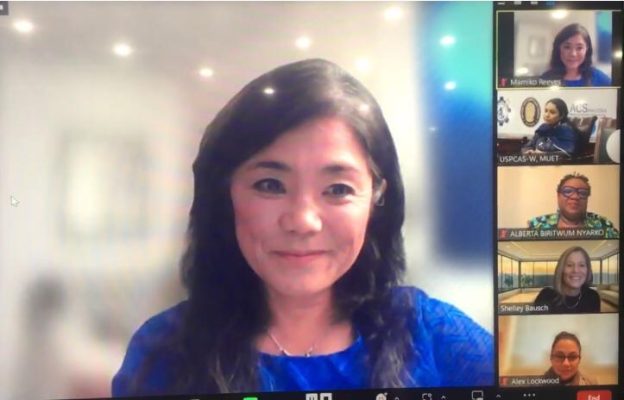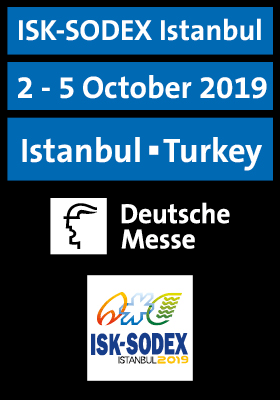Moazzam Ghurki, president of Pakistan China Joint Chamber of Commerce and Industry (PCJCCI), said during a think tank session held at PCJCCI Secretariat the other day that Pakistan does not have mature technology to produce petrochemical complex facilities or cracking units, which is a very big constraint to the development of its chemical industry. He stressed that Pakistan can collaborate with China and learn from China’s experience to promote the sustainable development of the chemical industry and give full play to the industry in the national economic construction. President PCJCCI also highlighted that there is a vast potential of Pakistan in chemical manufacturing and processing. Our vision was to transform the chemical industry of Pakistan from an import-oriented to an export-oriented industry. Fang Yulong, senior vice president PCJCCI, further added that with the rapid development of biotechnology, the biochemical industry has injected new vitality into the traditional chemical industry and opened up new development directions and insights. He further explained that China has a growing influence in the field of biochemical industry globally. Both approaches will be of great benefit to Pakistan. Zafar Iqbal, chairman Standing Committee on Chemical Industry (PCJCCI), said that with the continuous growth of economy and population base, the demand of Pakistani citizens for chemical products is increasing day by day. The country is highly dependent on imported oil products, and the shortage of oil products has even affected national security. He added that China’s successful chemical park model can provide Pakistan’s small and medium-sized enterprises (SMEs) with the necessary resources and facilities, so as to achieve cluster development. Hamza Khalid, vice president PCJCCI, said that Cracker is an important link in the transfer of chemical production to downstream and upstream operations. It is significant to establish a chemical industrial park with facilities such as common effluent treatment plant, a sound supply network of water, electricity, centralized steam generating facility to reduce capital & operating expenditures for chemical manufacturers. With the promulgation of the SME Policy, Pakistani government is taking rational and challenging steps to develop SMEs for their growth.
Learning from China a must to promote sustainable development of chemical industry






